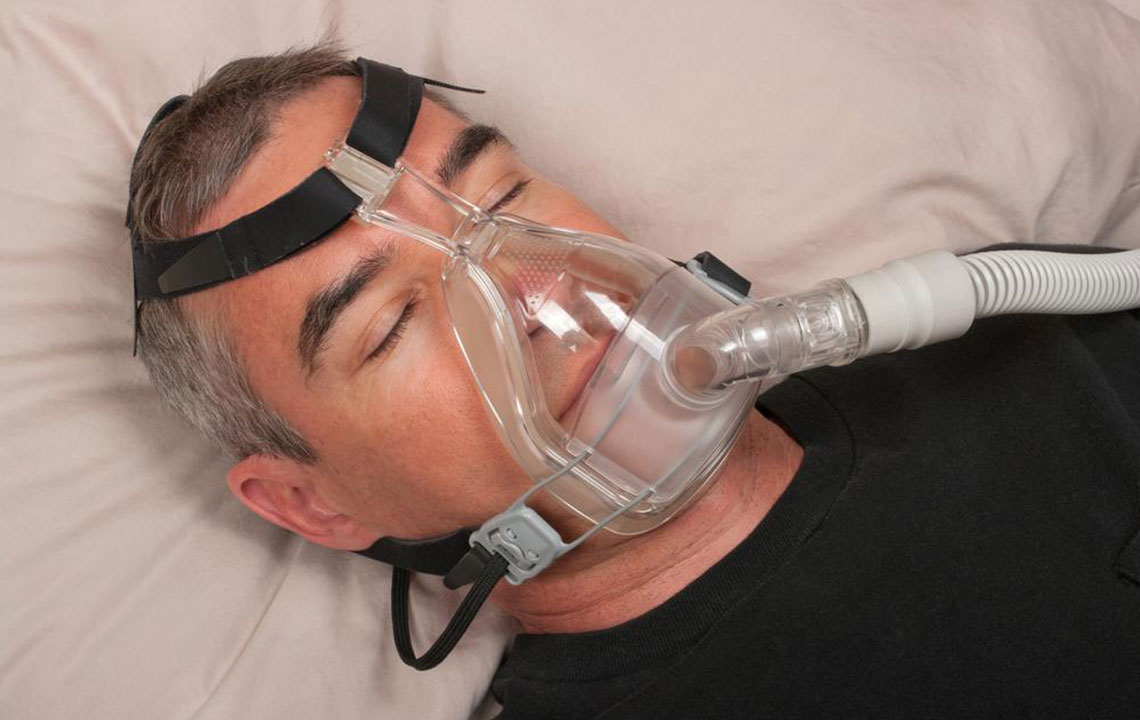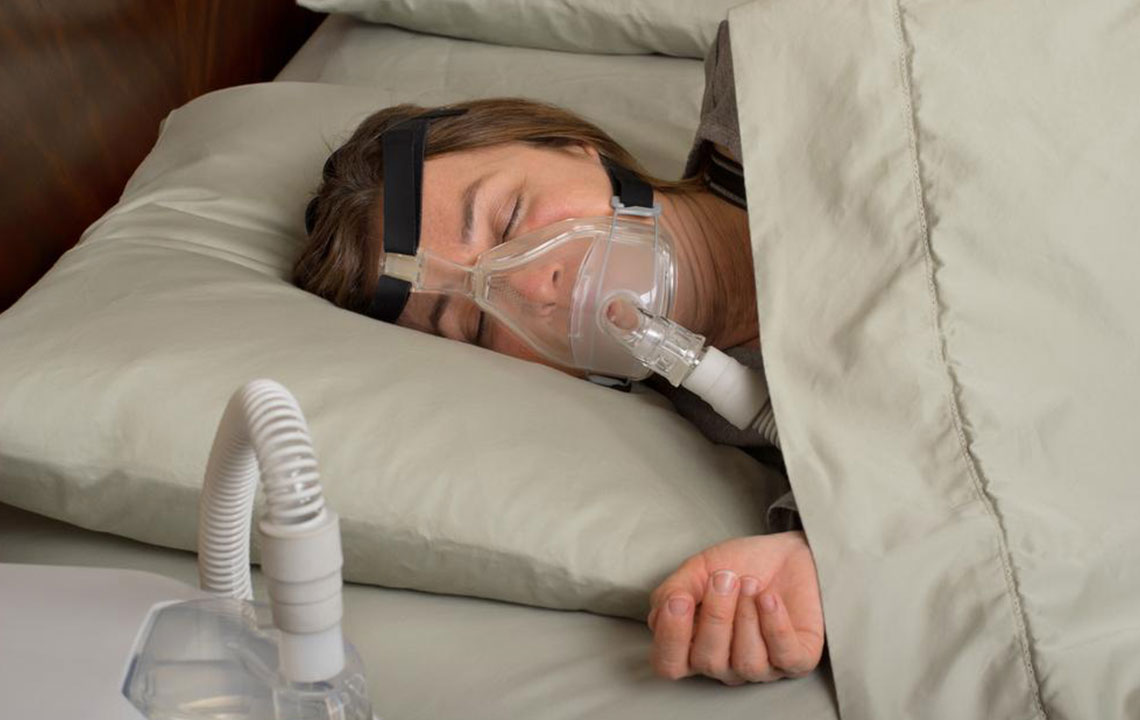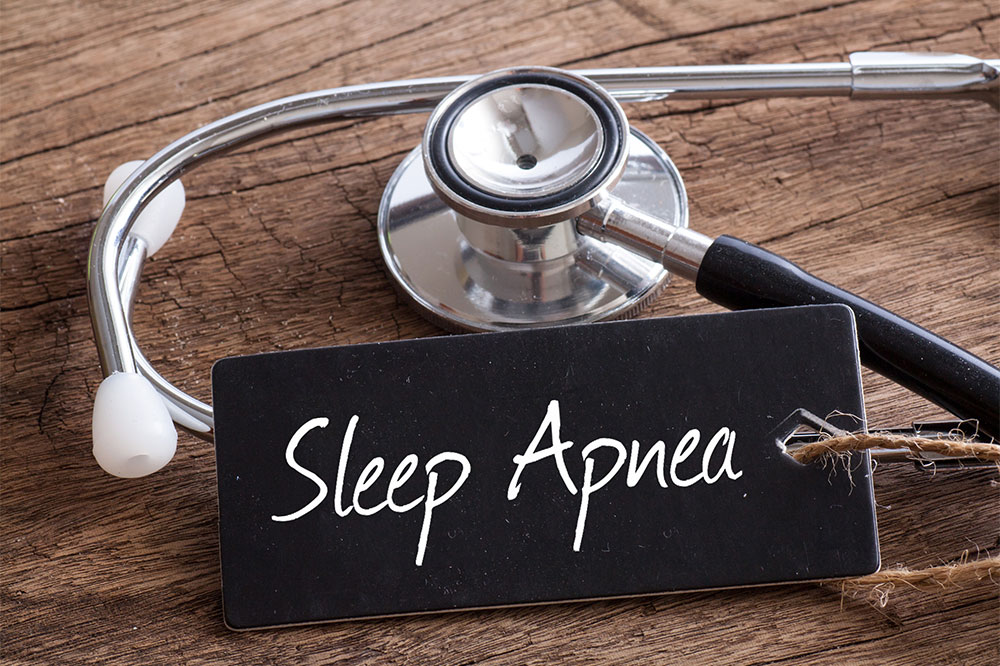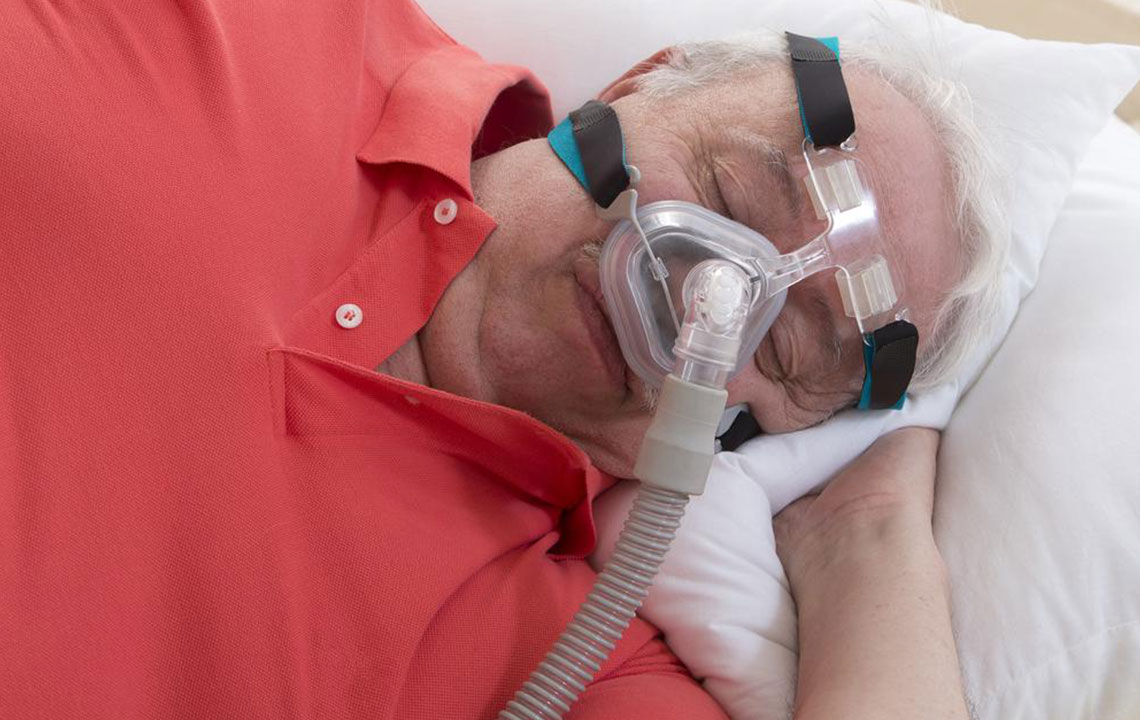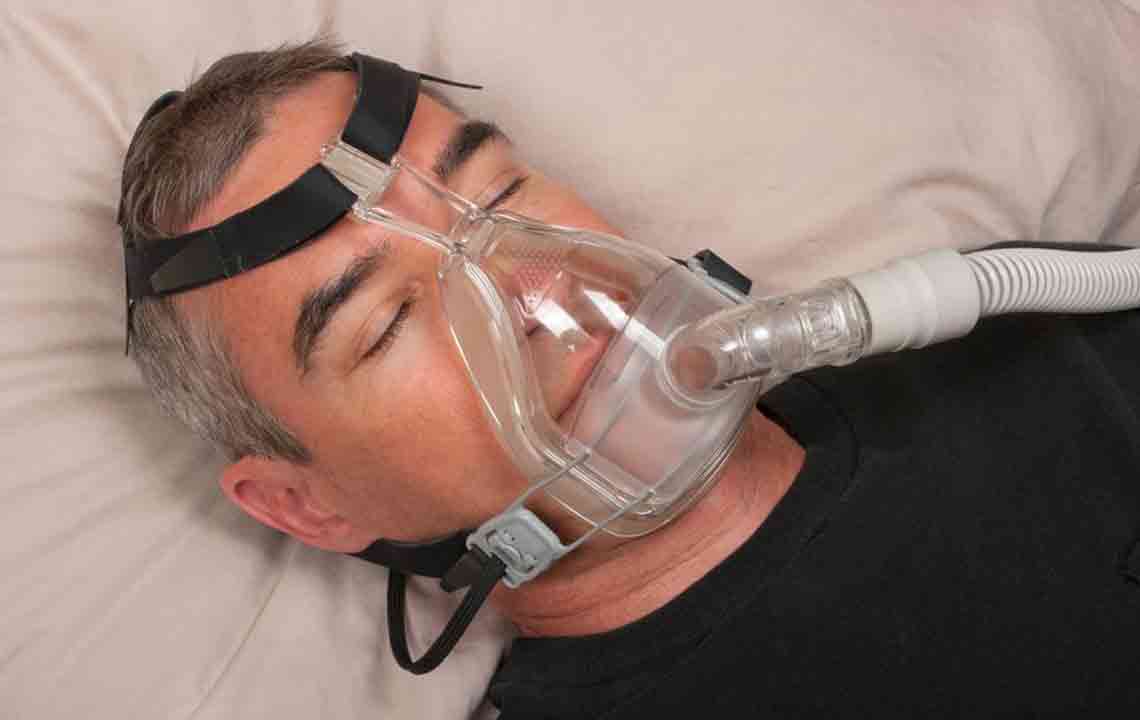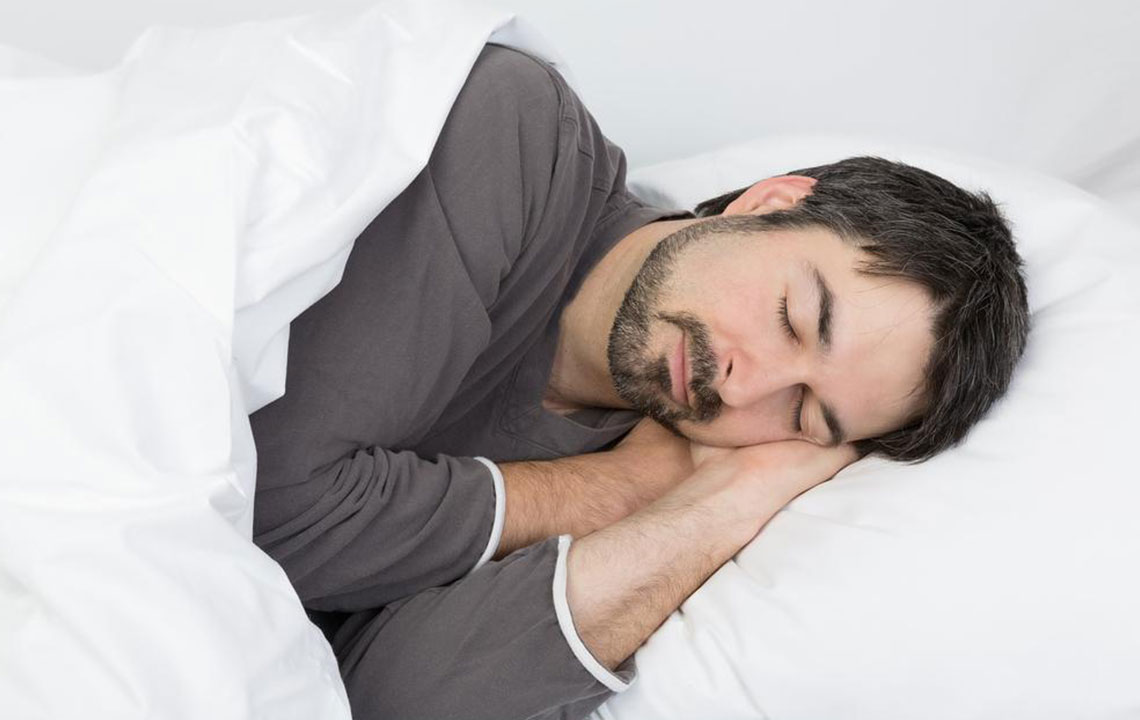Comprehensive Guide: Insurance Coverage for Sleep Apnea Oral Devices and How to Maximize Benefits
This comprehensive article provides essential information about insurance coverage for sleep apnea oral devices. It covers how to review your policy, understand coverage limits, and navigate restrictions, ensuring patients can maximize their insurance benefits for effective treatment. Learn the key steps to streamline reimbursement and manage costs effectively.

Understanding Insurance Coverage for Sleep Apnea Oral Devices: What Patients Need to Know
Sleep apnea is a widespread sleep disorder that affects millions worldwide, causing disruptions in breathing during sleep. One of the effective treatment options for managing obstructive sleep apnea (OSA) involves the use of custom-made oral appliances designed to keep the airway open. While these devices can significantly improve quality of life, their cost can be a concern for many patients. This comprehensive guide aims to clarify how insurance coverage works for sleep apnea oral devices, what you need to consider, and how to navigate insurance policies to ensure you receive the maximum benefits available.
Many individuals diagnosed with sleep apnea often wonder whether their health insurance covers the cost of prescribed oral appliances. Generally, coverage for these devices falls under medical insurance rather than dental insurance, which is an important distinction because it impacts the application process and coverage limits. Understanding the nuances of your insurance policy can help you better plan financially for treatment and avoid unexpected expenses.
Why Insurance Coverage for Sleep Apnea Devices Matters
Affordable access to effective treatment is critical for managing sleep apnea and reducing associated health risks such as hypertension, heart disease, and daytime fatigue. However, the high cost of custom oral appliances can pose a barrier for many patients. Insurance coverage can significantly alleviate this financial burden, making life-changing treatment more accessible.
Before proceeding with your treatment plan, it’s essential to understand what your insurance policy includes, whether your specific device is covered, and the steps to ensure reimbursement. Being well-informed enables you to avoid surprises later and leverages your insurance benefits to your advantage.
Read Your Insurance Policy Thoroughly
Start by carefully reviewing your health insurance policy documents. Focus especially on sections covering coverage for sleep-related procedures and devices. Many insurance plans specify whether they cover oral appliances prescribed for obstructive sleep apnea, especially those that are FDA-approved. Certified dentists or sleep specialists will typically provide diagnosis and prescribe the device, which is a key step in obtaining coverage.
Make note of any exclusions or limitations explicitly mentioned in the policy. Some insurers limit coverage to certain brands or types of devices, or require specific documentation to process claims effectively.
Understanding Coverage Limits
After confirming that your device qualifies for insurance reimbursement, the next step is to understand the extent of coverage. Many insurance plans do not cover the full cost of the device but may reimburse a percentage of the expense. Typical coverage might range from 50% to 80%, depending on the insurer and your specific policy.
Having an estimate of the potential reimbursement can help you budget accordingly and avoid financial surprises. Although insurance companies might not provide precise figures upfront, requesting pre-authorization or cost estimates in advance can give you a clearer idea of your financial responsibilities.
Recognize Possible Restrictions and Requirements
Insurance policies may impose certain restrictions regarding coverage for sleep apnea devices. For example, some policies may exclude coverage if the device is prescribed solely for snoring, without a formal diagnosis of sleep apnea. Providing comprehensive medical documentation demonstrating the medical necessity of the appliance can significantly influence the approval process.
Dental providers and sleep specialists generally follow guidelines set by the Academy of Sleep Medicine. Meeting these criteria and submitting detailed medical records can optimize your chances of securing insurance benefits. Furthermore, some insurers require that the device be prescribed by a licensed dentist or sleep specialist approved by their network.
It’s also important to verify if a pre-authorization or prior approval is needed before purchasing or fitting the device. Taking these proactive steps can streamline the reimbursement process and ensure you maximize your insurance benefits.
In conclusion, understanding your insurance policy and actively engaging with your provider can lead to better utilization of coverage options, substantially reducing your out-of-pocket costs for sleep apnea oral devices. Proper planning and documentation are key to making treatment affordable and accessible.
